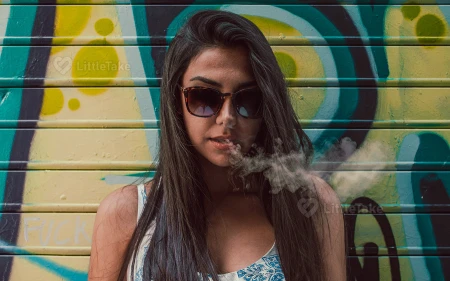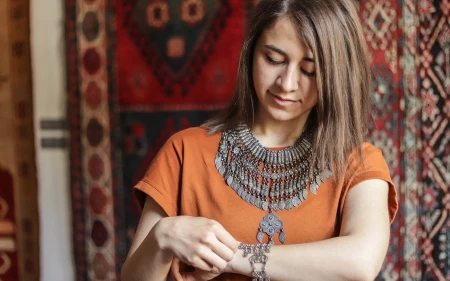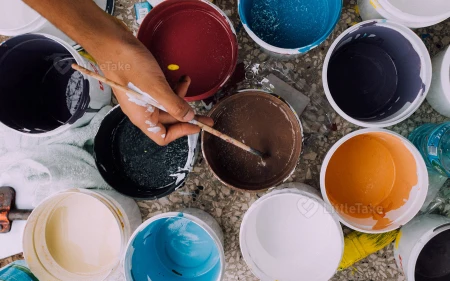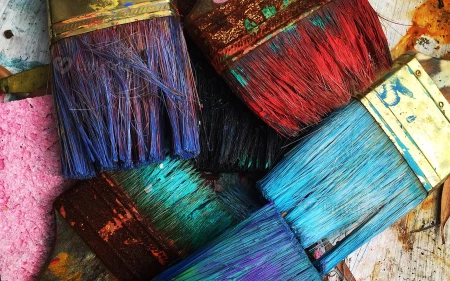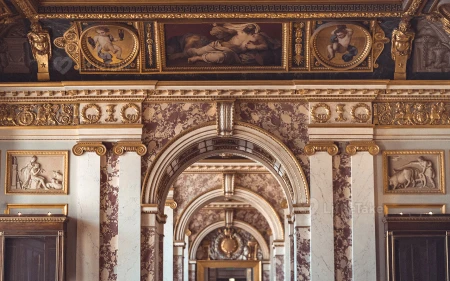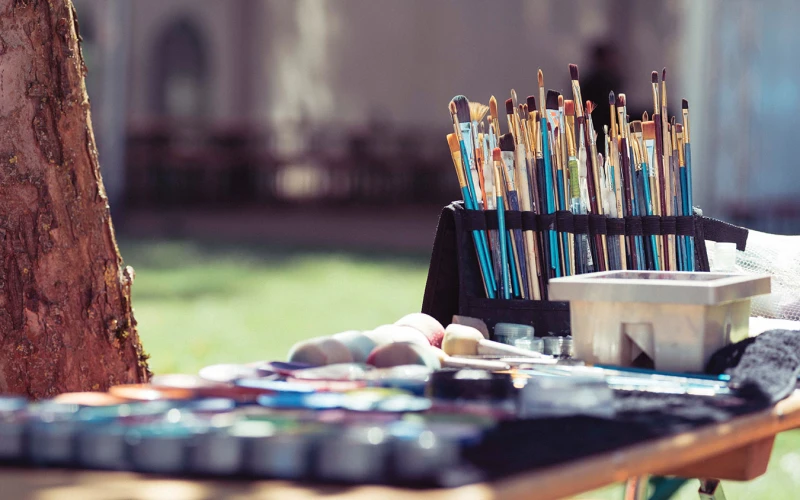
The Psychology of Colors in Art
Explore the fascinating world of color psychology in art, understanding how different hues evoke emotions and influence the viewer's perception.
1. Red: Passion and Intensity
Red often represents passion, love, and intensity, evoking strong emotions and capturing the viewer's attention.
2. Blue: Calmness and Serenity
Blue is associated with calmness, serenity, and stability, creating a sense of tranquility and soothing the viewer's mind.
3. Yellow: Happiness and Energy
Yellow conveys happiness, optimism, and energy, imbuing the artwork with a sense of warmth and vibrancy.
4. Green: Growth and Harmony
Green symbolizes growth, harmony, and balance, reflecting the natural world and evoking feelings of renewal and peace.
5. Purple: Mystery and Spirituality
Purple embodies mystery, spirituality, and creativity, often inspiring a sense of wonder and introspection.
Color Psychology in Action: Lisa's Art
Lisa, a contemporary artist, wanted to create a piece that evoked a sense of calm and tranquility. To achieve this, she chose to incorporate various shades of blue into her artwork, as blue is often associated with calmness, serenity, and stability.
As Lisa painted, she noticed how the blue hues created a soothing atmosphere, inviting the viewer to feel at ease and experience a sense of peace. She also added touches of green to symbolize growth, harmony, and balance, further enhancing the tranquil vibe of the piece.
Once the painting was complete, Lisa shared it with her friends and family, who immediately responded to the calming effect of the blue and green colors. They felt a sense of relaxation and harmony, proving the powerful impact of color psychology in art.
By understanding the psychology of colors in art, you can harness the power of different hues to evoke specific emotions and influence the viewer's perception. Experiment with color in your own artwork to create meaningful, impactful pieces that resonate with your audience.













